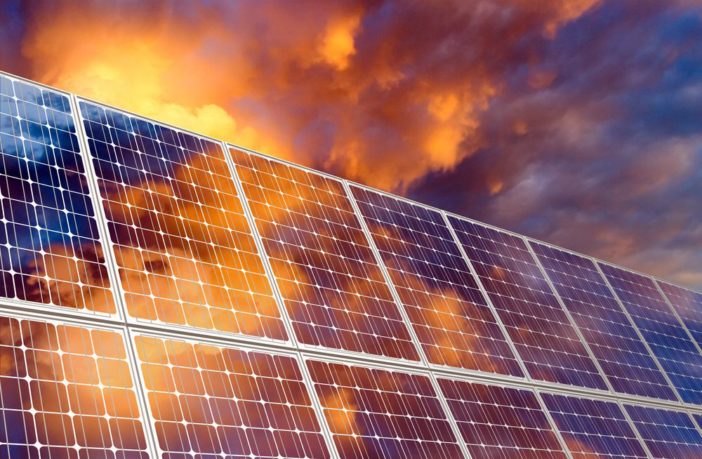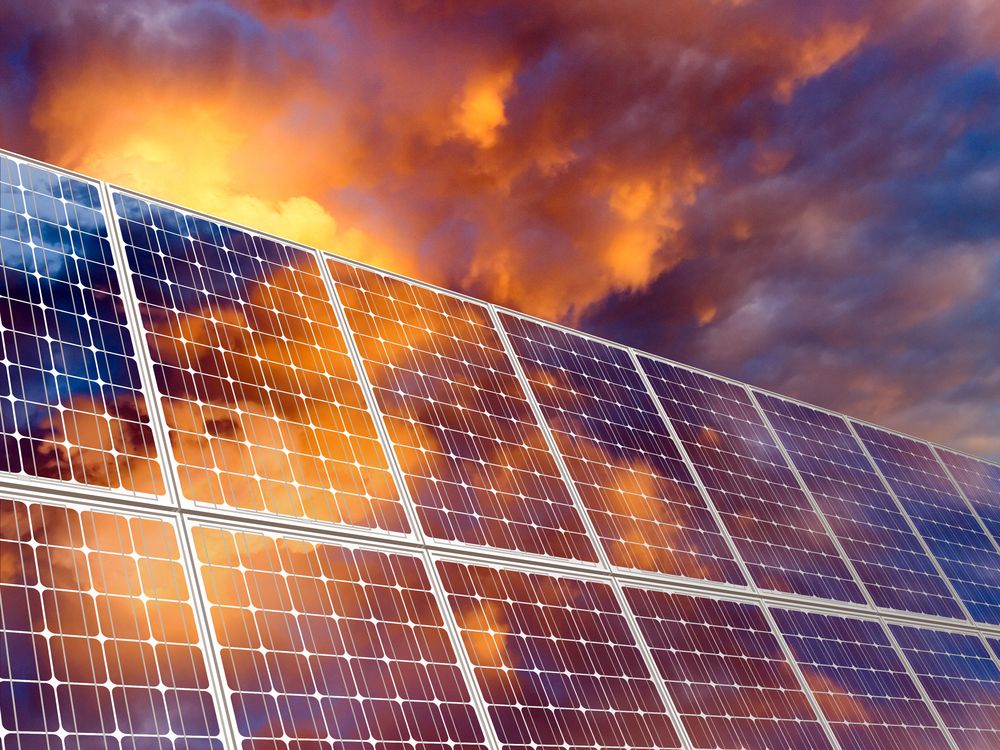Powermag.com
Abby L. Harvey
In its largest investment to date, the Green Climate Fund (GCF) is teaming up with the European Bank for Reconstruction and Development (EBRD) to contribute $1 billion to the Egyptian Government’s Sustainable Energy Strategy.
Under the sustainable energy strategy, Egypt has set a goal to get 20% of its energy from low emissions renewable by 2022 and 37% by 2035. Currently, only 3% of the nation’s energy is supplied by renewable sources. “Utilising renewable energy is part of a national plan to diversify electricity generation sources to meet growing demand and secure the continuity of the electricity supply. … Egypt has a great, untapped potential to turn into an international renewable energy hub,” Ayman Hamza, a spokesman for Egypt’s Ministry of Electricity, told the United Nations’ Climate Action publication in May 2017.
The GCF funding, called the Egypt Renewable Energy Financing Framework, will “launch the first wave of private renewable energy projects in Egypt, overcoming financial barriers due to uncertainty and high transaction costs, as well as the macroeconomic situation which has resulted in increased cost of capital and limited availability of debt,” according to a GCF fact sheet.
The GCF was developed under the United Nations Framework Convention on Climate Change (UNFCCC) in 2010 to act as the financial mechanism through which UNFCCC member nations help developing nations fund climate mitigation and adaptation projects. It is the largest global fund aimed at leveraging the private sector in tackling climate change, according to the release.
Under the UNFCCC, developed nations agreed to jointly mobilize $100 billion per year through the GCF by 2020. As of August 2017, the GCF has raised $10.3 billion in pledges from 43 governments. However, this total includes the $3 billion pledge made by the U.S. under the Obama administration. Thus far, the U.S. has paid $1 billion into the fund, but President Trump has made it clear that the U.S. will not be making any payments to the GCF as long as his administration is in power.
To date, the GCF has funded 43 projects, benefiting an estimated 125 million people around the world. Twenty of the projects funded are in Africa, 17 are in the Asia-Pacific region, eight are in Latin America or the Caribbean, and three are in Eastern Europe (some projects are in multiple regions). Projects funded by the GCF fall into three categories: 41% of the funding provided thus far has gone to mitigation-based projects; 27% has been awarded to adaptation-based projects; 32% is funding cross-cutting initiatives.
The new funding in Egypt is the fourth project that the GCF and the EBRD are partnering on. In October 2016, the two announced a co-financed project to scale up private sector climate finance in Armenia, Egypt, Georgia, Jordan, the Republic of Moldova, Mongolia, Morocco, Serbia, Tajikistan, and Tunisia. Additionally, the GCF and EBRD are partnering on a water conservation project in Morocco and a hydropower project in Tajikistan.
Funding for the initiative will be provided under a Funded Activity Agreement (FAA) signed by the GCF and EBRD in late August. Under the FAA, the EBRD will provide $352.3 million, GCF will contribute $154.7 million, and funding from additional sponsors and co-financiers will bring the total funding to $1 billion. “This FAA is just the beginning of the potential GCF and EBRD have in combining their financial forces to drive climate action across various parts of the planet,” GCF Executive Director Howard Bamsey said in a release.
The renewable energy financing framework consisted of two components, a technical assistance program, and an effort to scale up investments in the development and construction of renewable energy projects. “This will be done by blending GCF and EBRD financing to leverage debt financing from international and development financial institutions, and at a later stage from commercial banks and private sector investments,” according to the fact sheet.
It is estimated that the once all supported projects are operational, they will generate about 1,400 GWh of electricity each year, avoiding roughly 800,000 tons of CO 2 equivalent annually.
The EBRD is one of 54 entities accredited under the GCF. The GCF operates by working through these entities to channel its resources to projects and programs. Accredited entities can be public or private, non-governmental, sub-national, national, regional or international. “Accredited Entities carry out a range of activities that usually include the development of funding proposals and the management and monitoring of projects and programmes,” the GCF explains.
—Abby L. Harvey is a POWER reporter.








